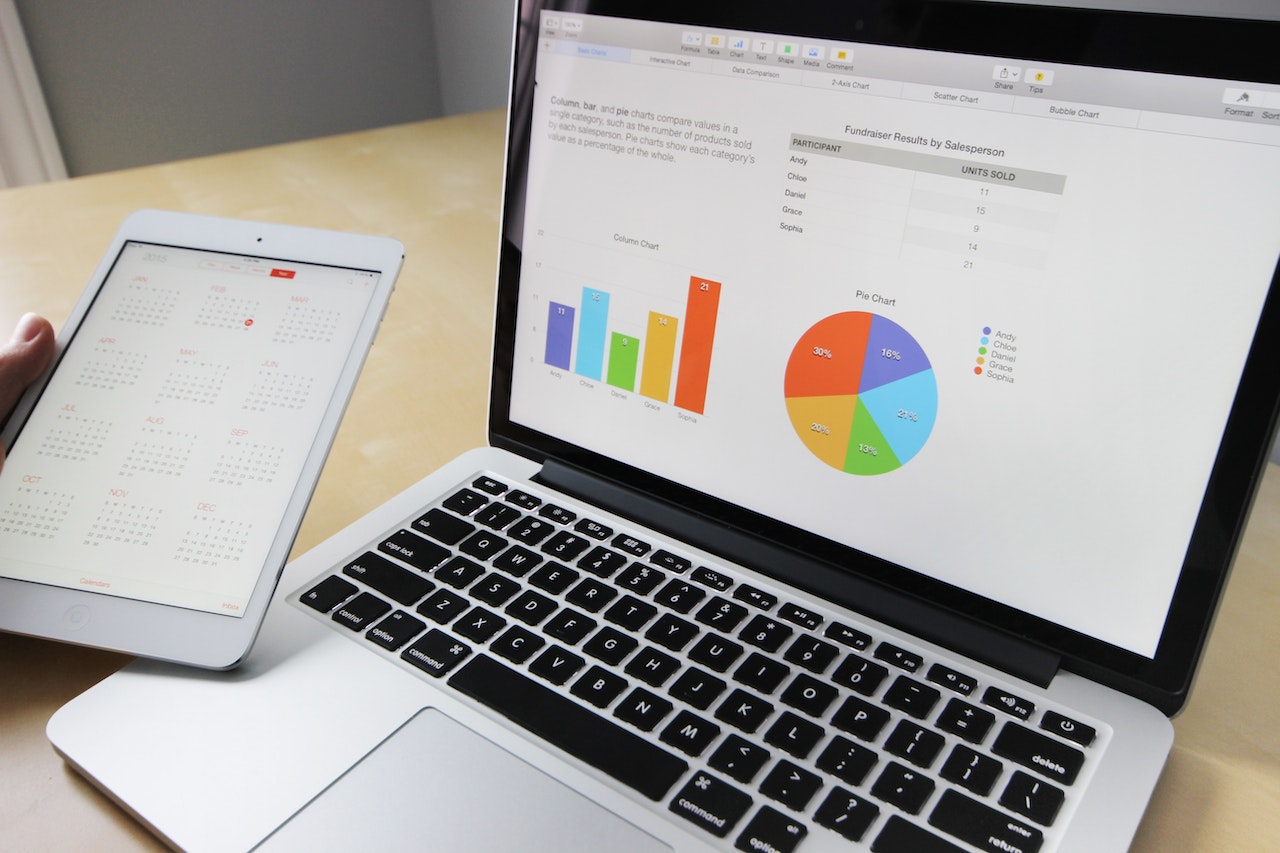-
Conversational Analysis in Research: Methods & Techniques

Communication patterns can reveal a great deal about our social interactions and relationships. But identifying and analyzing them can be pretty complex because people are complex. Conversation Analysis is a qualitative research method that investigates the communication patterns in human interaction. For example, the way that people talk to each other can indicate their power…
-
What is Narrative Analysis in Research? Methods & Applications

Introduction Narratives have been an integral part of human communication since time immemorial. In the world of research, narrative analysis offers a unique window into the lived experiences and perspectives of individuals. Narrative Analysis is a research approach that focuses on exploring the stories people tell. These stories encompass personal experiences, events, emotions, and cultural…
-
Researcher Reflexivity: Significance, Practices & Examples in Research

As a researcher, you have probably done your best to avoid errors in the way you collect and analyze data. But have you ever thought about how you could impact your own research? Researcher reflexivity is a way of looking at your role in the research. It focuses on how your assumptions, biases, and experiences…
-
Paired Comparison Scale in Surveys: Purpose, Implementation, & Analysis

Introduction In survey research, capturing preferences and relative rankings is often a crucial objective. One effective tool for achieving this is the paired comparison scale. When you present respondents with pairs of items and ask them to choose a preferred option, the paired comparison scale provides a method for understanding individual preferences and establishing relative…
-
What is Network Sampling In Surveys?

Introduction Network sampling is a valuable technique in survey research that involves leveraging existing networks to select and recruit participants for a study. When you tap into social, professional, or online networks as a researcher, you can access populations that might be difficult to reach through traditional sampling methods. This article explores the concept of…
-
Documentary Research: Definition, Types, Applications & Examples

Introduction Over the years, social scientists have used documentary research to understand series of events that have occurred or happened in the past. Here, they explore available recovered or existing documents and material to get information and gain insight into a research question or particular topic. In this article, we would define the concept of…
-
Transcribing Interview Surveys: Tools, Methods & Best Practices

Introduction Interview surveys are one of the most common methods used to collect data for a research project. The survey is typically conducted in person or over the phone, and the data collected is usually recorded using transcription software. In this blog post, we will examine how survey interviews are transcribed, we will also discuss…
-
Paper-And-Pencil Interviewing (Papi): Pros, Cons & When to Use

Paper and pencil interviewing collect data from respondents using paper and pencil rather than digital devices. It’s typically used for research purposes, including market research, social research, and academic research. Although collecting information with paper and pencil is no longer as common and is considered outdated, it still has advantages. It enables you to reach…
-
Data Collection Plan: Definition + Steps to Do It

Introduction A data collection plan is a way to get specific information on your audience. You can use it to better understand what they like and dislike, what motivates them, how they respond to different messages, and how they’re using the content you’re providing. A good data collection plan will also allow you to predict…